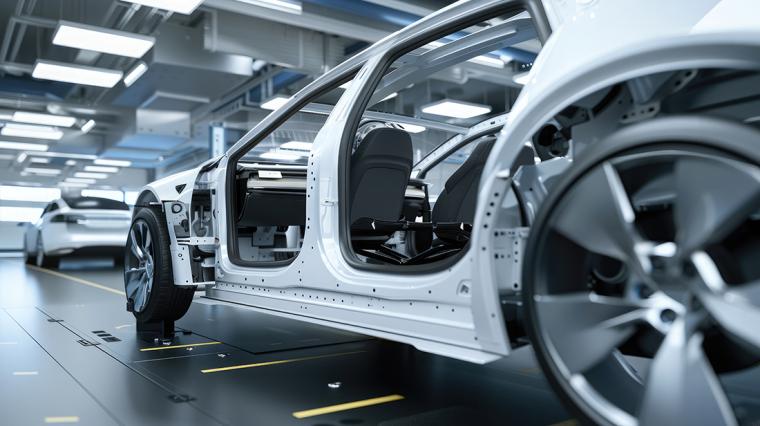
The Inflation Reduction Act of 2022 (IRA) introduced several energy incentives designed to benefit businesses across various industries. Among these, the Advanced Manufacturing Production Tax Credit (Section 45X) stands out as a significant opportunity for manufacturers. This tax credit aims to boost domestic production of key energy components, offering substantial financial benefits to those who qualify. Regulations around this credit were proposed in late 2023, and it is crucial for manufacturing executives to determine if they are eligible for this credit and to analyze their operations to fully benefit from it.
Qualifying for the Section 45X Credit
The Section 45X tax credit targets manufacturers producing renewable energy infrastructure, including:
• Solar energy components
• Wind energy components
• Inverters
• Qualifying battery components
• Applicable critical minerals
A critical requirement is that these components must be manufactured within the U.S. or a specified U.S. possession. However, the IRS has noted in proposed regulations that certain elements and materials used in producing these components do not need to be sourced domestically.
Additionally, to qualify for the credit, the manufactured property must be sold to an unrelated party, and the production and sale must occur after December 31, 2022. It’s important to note that the credit value decreases over time, with a gradual phase-out beginning in 2030. The credit will reduce to 75 percent in 2030, 50 percent in 2031 and 25 percent in 2032, though the credit for critical mineral production remains constant and does not phase out.
Manufacturers also should be aware that if their facility was constructed using the Advanced Energy Investment Tax Credit (Section 45C), they would be ineligible for the Section 45X credit for critical mineral production.
Key Considerations in Claiming the Credit
The format for claiming the Section 45X credit varies based on the type of component being produced. For critical minerals, the credit is based on 10 percent of the costs associated with their production. This makes it essential for manufacturers to accurately identify and document which costs qualify under the Section 45X credit.
For other components, such as inverters and parts used in wind, solar and battery systems, the credit is determined on a per-unit basis. Manufacturers in these sectors should refer to the specific Section 45X regulations to ensure accurate calculations and compliance. Further, manufacturers need to file IRS Form 7207 to claim this credit and should review this form and related instructions.
Monetizing the Section 45X Credit
There are three primary ways manufacturers can realize the cash benefits from the Section 45X credit:
General business credit. The default option allows manufacturers to use the tax credit as a general business credit, applicable whether the business is structured as a C Corporation or a pass-through entity such as a Partnership/LLC or an S Corporation.
Credit sale. Manufacturers have the option to directly sell their Section 45X credit for cash. This approach may be particularly advantageous if the credits exceed the company’s tax liability, providing immediate liquidity.
Tax refund over time. Alternatively, businesses can claim the tax refund over a five-year period. This approach allows for a steady return, with tax refunds equal to the amount of the credit being received annually.
Strategic Considerations for Manufacturers
The Section 45X credit offers manufacturers a significant financial incentive to ramp up the production of renewable energy components within the U.S. However, to maximize this opportunity, companies must carefully document eligible production costs and consider the most beneficial method for monetizing the credit.
Manufacturers should stay informed as final regulations are released, which will provide additional guidance on claiming and optimizing this credit. By doing so, they can ensure they fully leverage this opportunity, boosting their competitive edge in the growing renewable energy sector. T&ID
Contributors: Tom Bayer, CPA, CExP is Tax Principal at Sikich; Larry Johnson, CPA, MST is Senior Tax Manager at Sikich and Jim Brandenburg, CPA, MST, is Tax Principal at Sikich. Sikich LLP is a professional services firm specializing in accounting, advisory, technology and managed services.

